With temperatures expected to reach 29ºC in Tayside and Fife today, the risk of heat exhaustion and heatstroke is high.
But are the two conditions different? What are the signs you should look out for? And what should you do if you suspect you have either of them over the coming days?
We’re answering all your questions on heatstroke and heat exhaustion.
What is heat exhaustion?
Heat exhaustion occurs when the body gets too hot and struggles to regulate its temperature. The signs of heat exhaustion include:
- a headache
- dizziness and confusion
- loss of appetite and feeling sick
- excessive sweating and pale, clammy skin
- cramps in the arms, legs and stomach
- fast breathing or pulse
- a high temperature of 38C or above
- being very thirsty.
The symptoms are often the same in adults and children, although children may become floppy and sleepy.
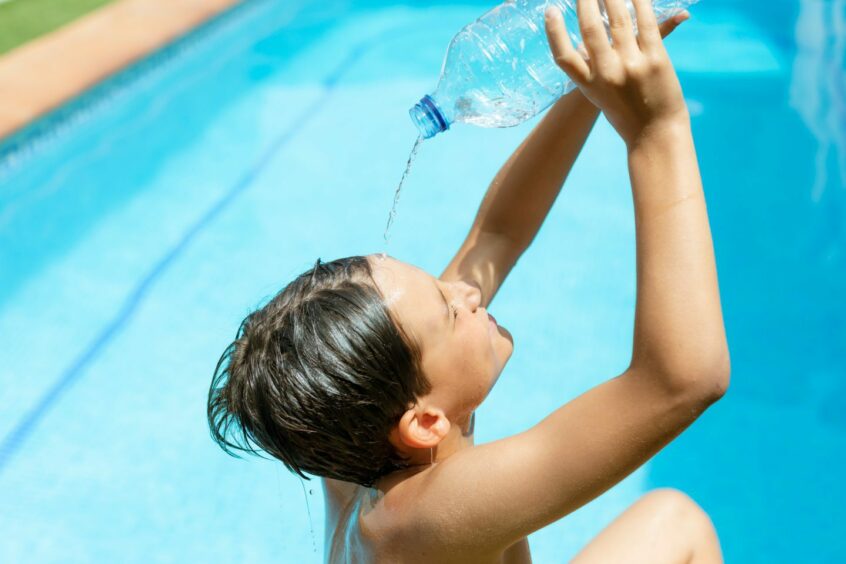
They are your body’s way of warning you that you need to cool down quickly. You can do this by drinking plenty of water and spraying or sponging yourself with cold water.
Lying down with your feet raised will also help you cool down.
What is heatstroke?
If not dealt with, heat exhaustion can lead to heatstroke. Heatstroke is a medical emergency and must be dealt with swiftly. Symptoms include:
- still feeling unwell after 30 minutes of resting in a cool place and drinking plenty of water
- not sweating even while feeling too hot
- a temperature of 40C or above
- fast breathing or shortness of breath
- feeling confused
- seizures
- loss of consciousness
- being unresponsive.
Older adults and young infants, as well as people with long-term health conditions, are particularly at risk.
Untreated heatstroke can quickly damage your brain, heart, kidneys and muscles.
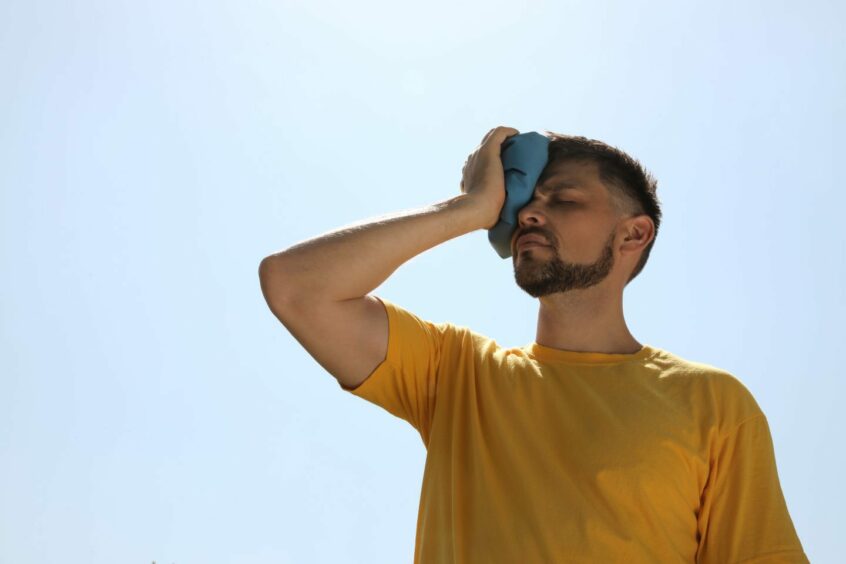
The damage worsens the longer treatment is delayed, increasing your risk of serious complications or death.
You should phone 999 immediately if you suspect you or someone else is suffering with heatstroke.
Put the person in the recovery position if they lose consciousness while you wait for help.
Can dogs get heatstroke?
Just like humans, dogs are also at risk of heatstroke. Their symptoms include:
- heavy panting and difficulty breathing
- excessively drooling
- appearing lethargic, drowsy or uncoordinated
- collapsing or vomiting.
If this happens, move the dog to a shaded and cool area and immediately pour cool water over it.
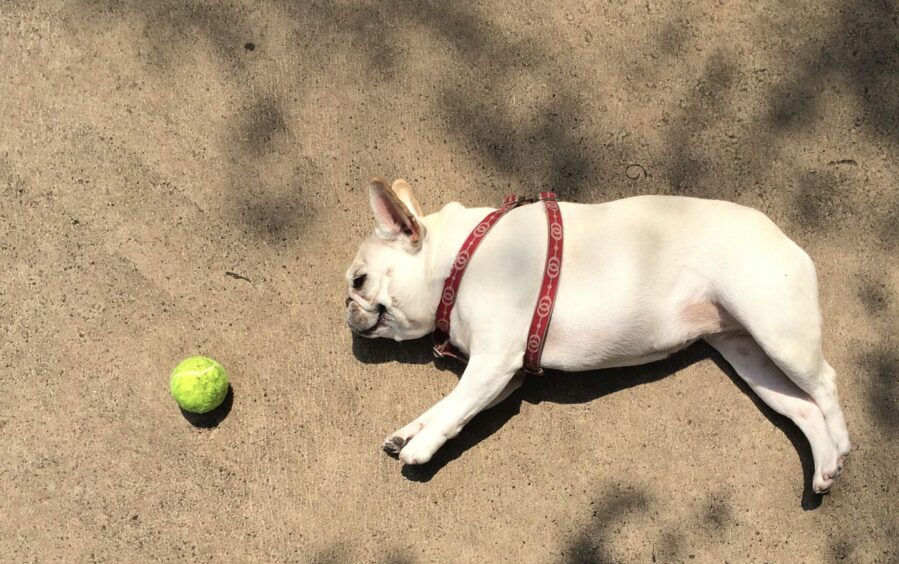
Continue to do so until their breathing starts to settle, but not too much that they start shivering.
Do not place wet towels over the dog as this can worsen the condition, trapping heat. Once the dog is cool, take them to the nearest vet as a matter of urgency.
How can I prevent heat exhaustion or heatstroke?
Heat exhaustion and heatstroke can be prevented by drinking plenty of cold drinks, taking cool baths or showers and wear light-coloured, loose clothing.
It can also help to sprinkle water over skin or clothes, avoid the sun between 11am and 3pm, and avoiding excess alcohol and extreme exercise.
This will also prevent dehydration and help your body keep itself cool.
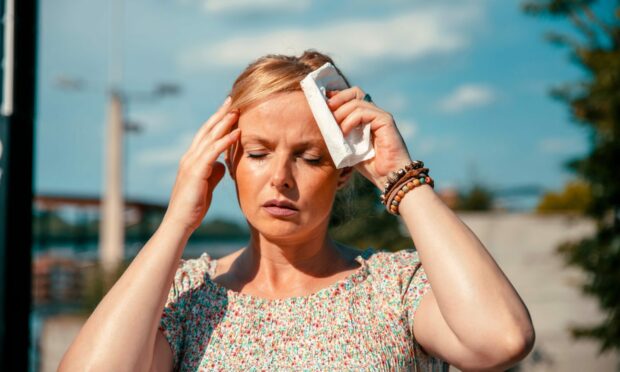




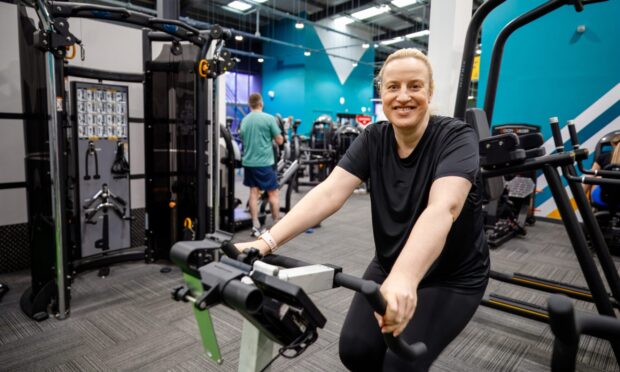





Conversation